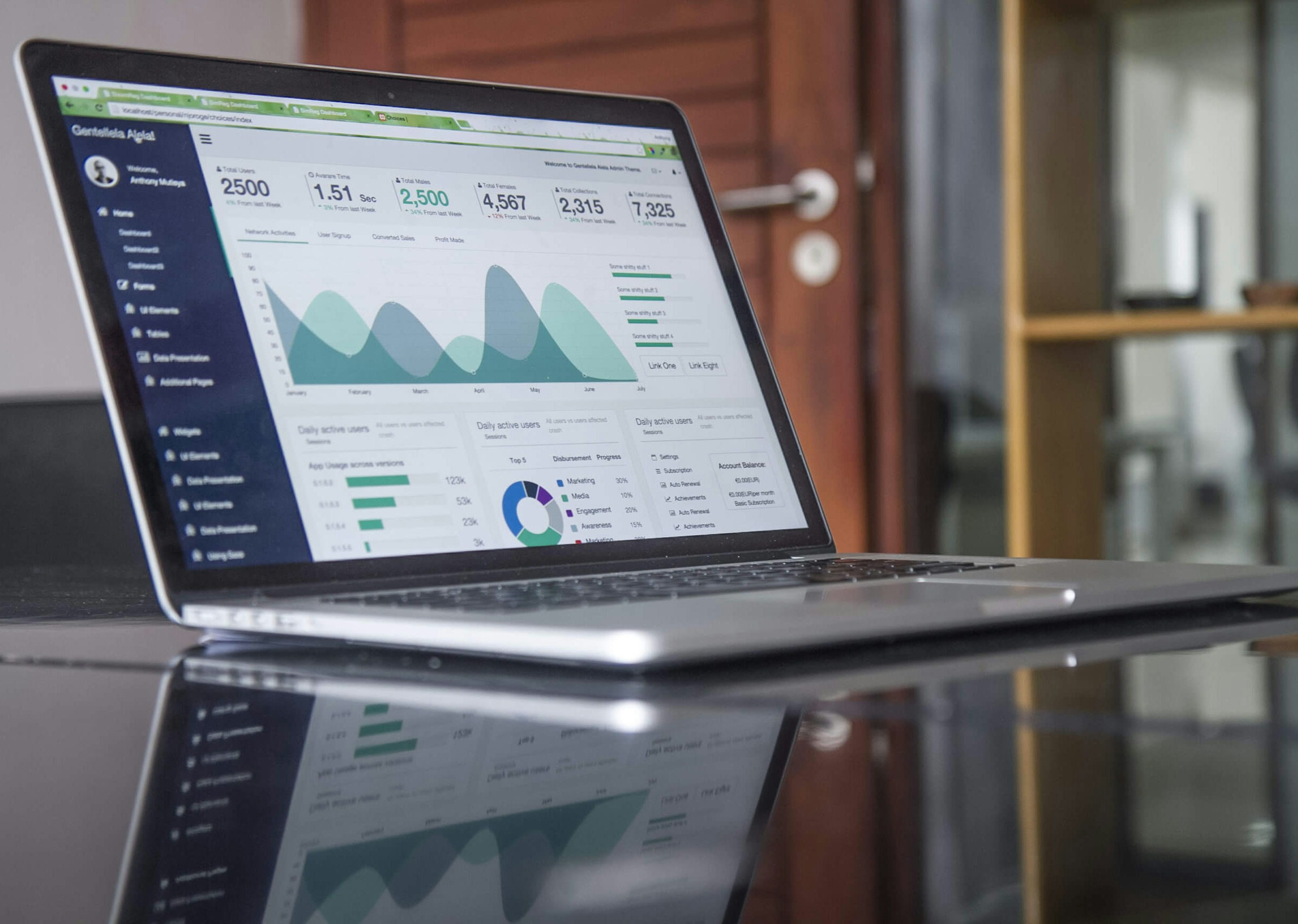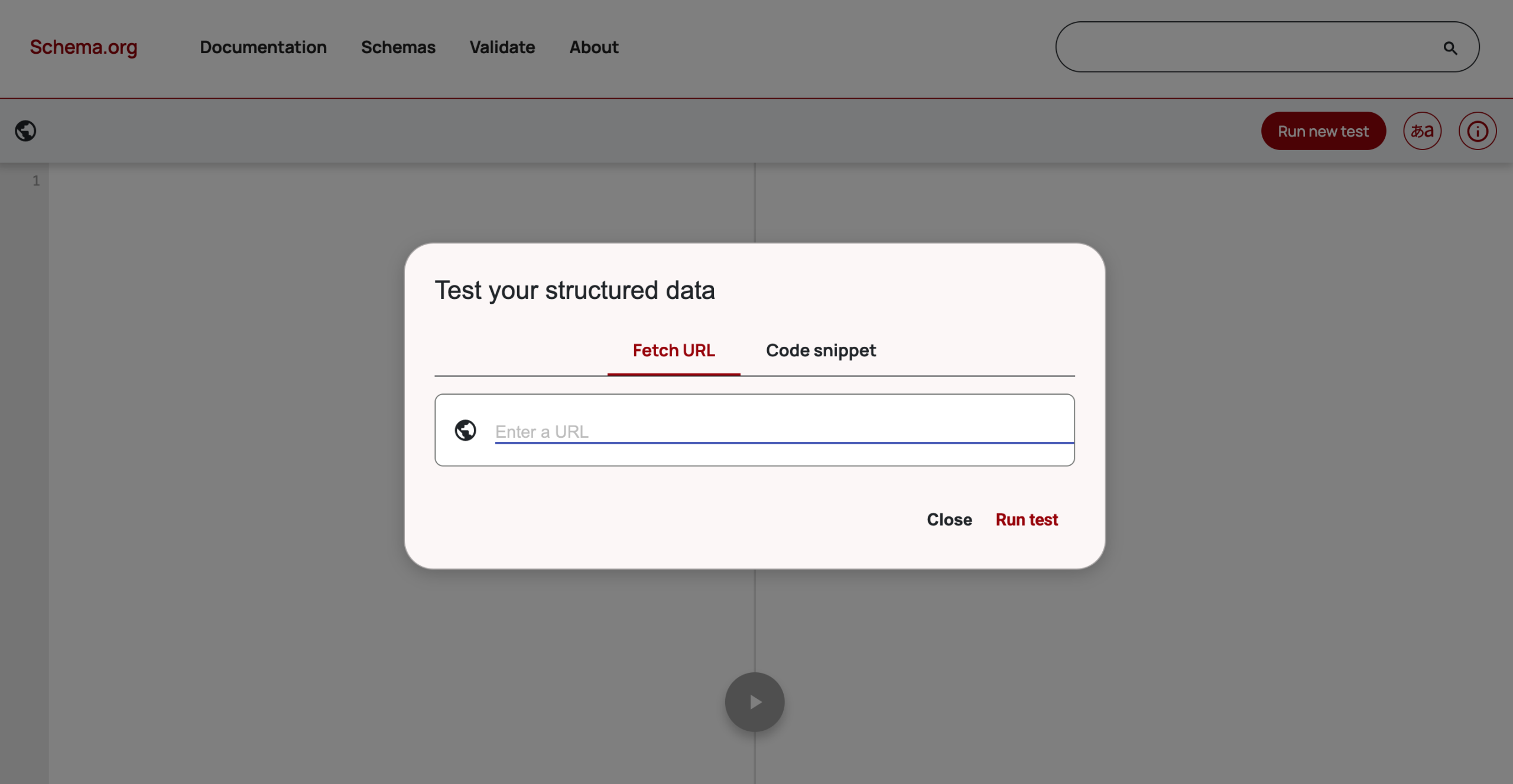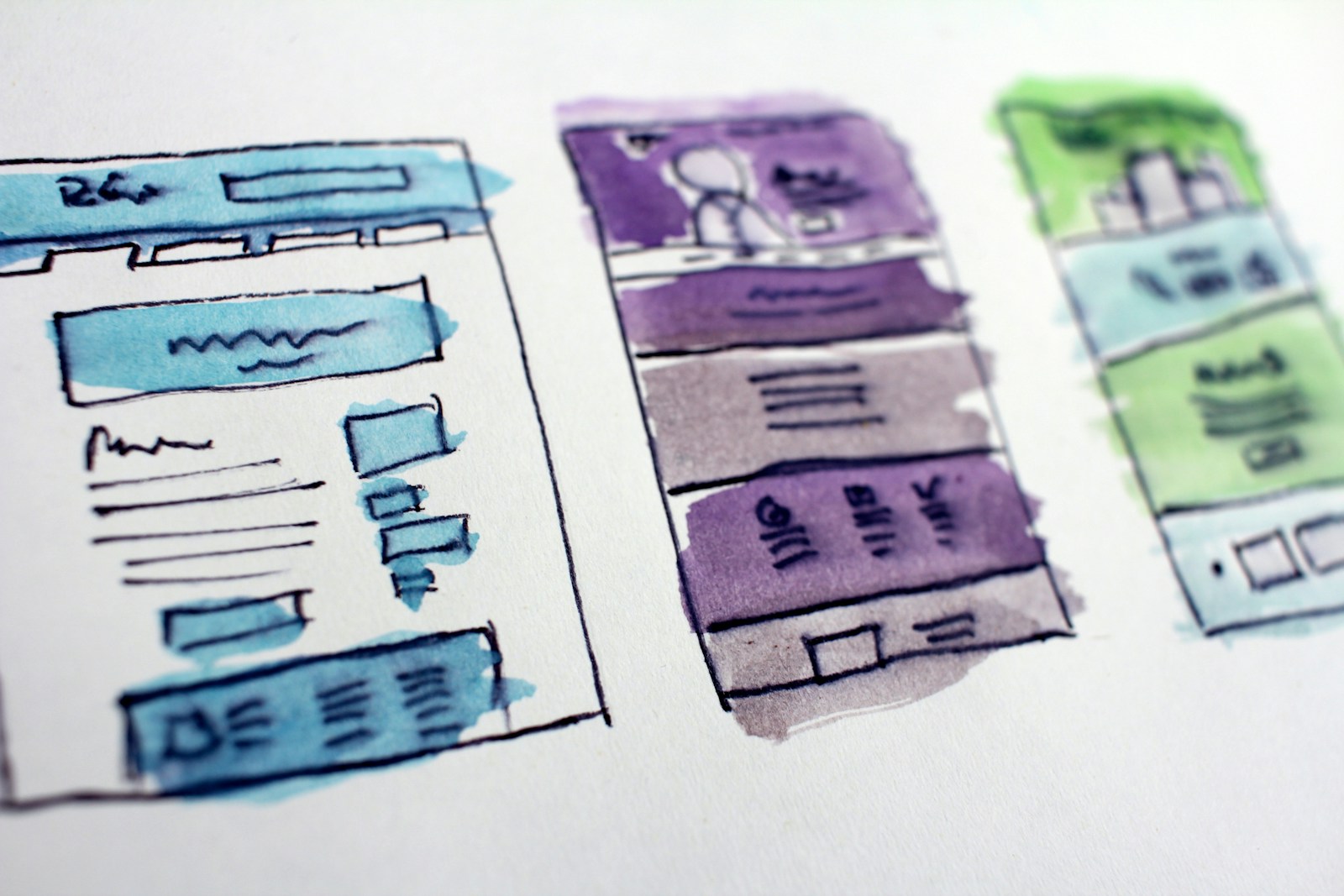Table of Contents
Email marketing has remained one of the most resilient digital channels for over two decades. Even as AI-driven search, social media, and paid advertising evolve, email continues to deliver unmatched ROI and direct access to audiences. But in 2025, the rules of engagement are shifting. Brands that fail to adapt risk being left behind.
Below, we explore the critical email marketing trends in 2025 that forward-thinking businesses must adopt to stay ahead – from AI-powered personalization to stricter privacy standards and content-driven newsletters.
AI-Powered Personalization and Predictive Campaigns
Artificial Intelligence (AI) has moved far beyond being a “nice-to-have” tool. In 2025, AI is the cornerstone of effective email marketing. It empowers marketers to create hyper-personalized campaigns that go well beyond “Hello [First Name].”
Today’s leading platforms use AI to predict not only the best send times for each subscriber but also the exact content they’re most likely to engage with. That includes personalized product recommendations, dynamic offers, and even AI-generated subject lines that maximize open rates.
Why It Matters for Businesses
AI-driven personalization ensures that every subscriber feels like the brand is speaking directly to them. This level of precision is boosting conversions, reducing churn, and increasing customer lifetime value. Companies leveraging AI are outperforming competitors that still rely on static batch-and-blast campaigns.
Privacy-First Marketing: Zero-Party and First-Party Data
With the decline of third-party cookies and stricter global privacy laws, marketers are embracing zero-party and first-party data as the foundation of email strategy. This shift not only ensures compliance but also fosters greater trust with audiences.
Zero-party data – the insights customers willingly share – and first-party data – information collected directly from interactions – are now driving segmentation, personalization, and campaign optimization. Transparency and data stewardship are no longer optional; they’re a business necessity.
The Regulatory Push
Legislation continues to reshape digital privacy, from GDPR to evolving state and federal laws. Businesses that prioritize ethical data practices will strengthen their brand reputation and protect deliverability. For reference, the U.S. Federal Trade Commission (FTC) offers extensive resources on consumer privacy compliance.
Interactive and Dynamic Email Experiences
Subscribers no longer want static, text-heavy emails. Instead, they expect interactive, engaging experiences that mirror the apps and platforms they use daily.
In 2025, interactive elements such as embedded polls, quizzes, and product sliders are becoming standard. Dynamic features like live countdown timers, location-based updates, and real-time pricing make emails feel alive – ensuring higher engagement rates.
Gamification and Micro-Conversions
Interactive campaigns also encourage micro-conversions: small steps like clicking a poll or answering a quiz question. These actions not only increase engagement but also provide marketers with valuable behavioral data that can fuel personalization.
Deliverability and List Hygiene: The Battle for the Inbox
Landing in the inbox is no longer guaranteed. With inbox providers tightening filters, deliverability is now a competitive advantage. Poor list hygiene and low engagement can quickly send a brand’s emails to the spam folder.
In 2025, companies are investing more heavily in deliverability strategies – from implementing BIMI, SPF, DKIM, and DMARC authentication, to running re-permission campaigns and segmenting inactive subscribers.
Best Practices for Success
Regular list cleaning, engagement-based segmentation, and authentication protocols protect reputation while ensuring messages reach subscribers. Marketers must treat deliverability not as a technical afterthought, but as a key performance driver.
Lifecycle and Automation: Email Beyond the First Touch
Email marketing in 2025 is about orchestrated journeys, not isolated campaigns. Automation ensures subscribers receive relevant messages throughout the customer lifecycle, from the first welcome email to re-engagement campaigns months later.
Sophisticated workflows are now mapping entire customer journeys. For example, a subscriber who abandons a cart may receive not just a reminder, but a predictive follow-up with personalized incentives if they don’t purchase within 48 hours.
Driving Long-Term Loyalty
When brands design lifecycle campaigns around customer needs, they shift from transactional messaging to relationship building. This approach builds loyalty, improves retention, and drives sustained revenue growth.
The Newsletter Revival: Value Over Promotion
In the cluttered digital landscape, newsletters are regaining importance as trusted, value-driven content hubs. Instead of blasting promotions, brands are curating insights, stories, and thought leadership that keep subscribers coming back.
The most successful newsletters act as mini-publications, building authority while creating an engaged community. This aligns perfectly with Google’s E-E-A-T guidelines, which reward brands that demonstrate experience, expertise, authoritativeness, and trustworthiness.
How Businesses Can Win
Position your newsletter as an industry resource, not just a sales tool. Share case studies, research insights, and educational content that prove your authority while delivering genuine value.
FAQs About Email Marketing in 2025
Is email marketing still effective in 2025?
What’s the biggest change in email marketing this year?
How can small businesses compete with enterprise-level email campaigns?
Are interactive emails worth the extra effort?
What role does deliverability play in campaign success?
Final Thoughts
The future of email marketing in 2025 is clear: success belongs to the brands that embrace AI personalization, privacy-first data practices, interactive design, and lifecycle automation. At Apeiros Marketing, we’ve seen firsthand how these trends drive measurable growth for businesses across industries.
Email is no longer just a channel – it’s the foundation of meaningful, data-driven relationships with your audience. Companies that adapt will thrive. Those that don’t risk fading into the digital noise.







